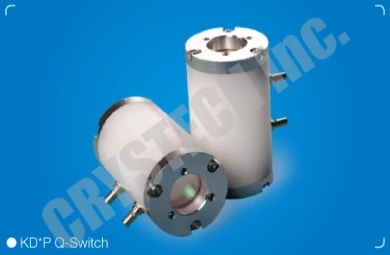Description
Introducing the KD*P Pockels Cell by CRYSTECH Inc. The KD*P Pockels Cell is a state-of-the-art electro-optical device crafted from Potassium Dideuterium Phosphate (K(H1−xDx)2PO4), commonly known as KD*P crystal. This crystal is an isomorphic form of the KDP crystal, with deuterium substitution eliminating the negative effects of infrared absorption due to hydrogen atom vibrations. This enhancement significantly boosts the electro-optical properties of the crystal, making it an ideal choice for a variety of optical applications. The higher deuterium content in the KD*P crystal not only improves its electro-optical properties but also broadens its light transmission range, offering a wide transparent band from 0.2 to 2.1 μm. The KD*P Pockels Cell leverages the longitudinal electro-optical effect of the KD*P crystal. The applied electric field is aligned with both the light transmission direction and the crystal's optical axis. This alignment allows the electric field to alter the crystal's refractive index, creating a difference between the refractive indices that is linearly related to the electric field strength. Such a configuration facilitates the creation of electro-optical switches with large apertures and high extinction ratios, making the KD*P Pockels Cell an excellent choice for applications such as laser Q-switching, electro-optical modulation (both amplitude and phase modulation), and optical pulse selection. The KD*P Pockels Cell stands out with its high electro-optical coefficients, high damage threshold, and exceptional crystal uniformity. These attributes ensure that the device performs reliably under demanding conditions, providing consistent and precise control over light modulation. Its compact structure and low insertion loss further enhance its usability in various settings, from medical systems and the beauty industry to industrial applications and scientific research fields. With a high deuterium content of over 97%, the KD*P Pockels Cell offers an impressive extinction ratio, making it a top-tier choice for professionals seeking advanced optical solutions.
KDP Pockels Cell for Laser Q-Switching and Modulation
Specifications
| Aperture Diameter: | 3 mm |
|---|---|
| Peak Optical Power Density: | 1000 MW/cm^2 |
| Wavelength Range: | 400 – 1200 nm |
| Transmission: | 98 % |
| Extinction Ratio: | >= 5000:1 |
| Application Wavelength: | 1064 nm |
| Clear Aperture (CA): | 5 mm, 8 mm, 10 mm, 12 mm, 15 mm, 19 mm |
| Insertion Loss: | <2% |
| Static Extinction Ratio: | >5000:1 |
| Dynamic Extinction Ratio: | >1500:1 |
| Wavefront Distortion @633nm: | <λ/6 |
| Capacitance: | 3 pF, 4 pF, 6 pF, 9 pF |
| 1/4-Wave Voltage: | ~3.4 KV |
| Damage Threshold @1064nm 10ns 10Hz: | 10 J/cm² |
| Size (H): | 12 mm, 15 mm |
| Size (D): | 25.4 mm, 30 mm, 33 mm |
| Size (L): | 39 mm, 44 mm, 48 mm |
| Clear Aperture (CA) Dual: | 8 mm, 10 mm, 19 mm |
| Insertion Loss Dual: | <3% |
| Static Extinction Ratio Dual: | >2000:1, >1000:1 |
| Dynamic Extinction Ratio Dual: | >1000:1, >500:1 |
| Wavefront Distortion @633nm Dual: | <λ/3, <λ/2 |
| Capacitance Dual: | 8 pF, 14 pF, 21 pF |
| 1/4-Wave Voltage Dual: | ~1.7 KV |
| Damage Threshold @1064nm 10ns 10Hz Dual: | 10 J/cm² |
| Size (H1) Dual: | 20 mm, 29 mm |
Features
- High Deuterium Content: The KD*P crystal features a high deuterium content (>97%), enhancing its electro-optical properties.
- Wide Transparent Band: Offers a wide transparent range of 0.2-2.1 μm, suitable for various optical applications.
- High Damage Threshold: Capable of withstanding high-intensity laser beams without damage, with a threshold of 10 J/cm2 at 1064 nm.
- High Extinction Ratio: Provides excellent extinction ratios, ensuring high performance in optical modulation applications.
- Low Insertion Loss: Designed to minimize insertion loss, maintaining efficiency in optical systems.
- Compact Structure: The KD*P Pockels Cell is designed with a compact structure, making it ideal for integration into various optical setups.
- Versatile Applications: Suitable for use in medical systems, beauty industry, industrial applications, and scientific research fields.
- Electro-Optical Effect: Utilizes the longitudinal electro-optical effect for applications such as laser Q-switching, amplitude modulation, phase modulation, and optical pulse selection.
Applications
- Medical systems
- Beauty industry
- Industrial applications
- Scientific research fields
Frequently Asked Questions
What is a KD*P Pockels Cell?
What are the features of the CRYSTECH DKDP Pockels Cell?
What are the applications of the CRYSTECH DKDP Pockels Cell?
What is the working wavelength range of the CRYSTECH DKDP Pockels Cell?
What is the material used in the CRYSTECH DKDP Pockels Cell?
Similar Products
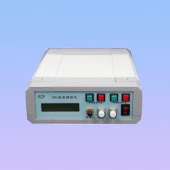
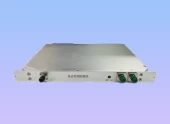
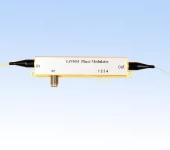
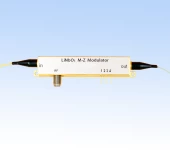
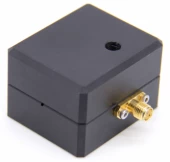
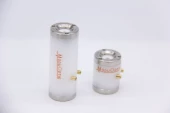
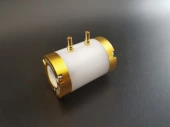
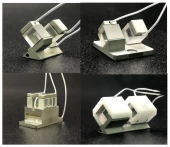
Your inquiry has been received.
Create an account by adding a password
Why create an account?
- Auto-complete inquiry forms
- View and manage all your past messages
- Save products to your favorites
- Close your account anytime — no hassle
